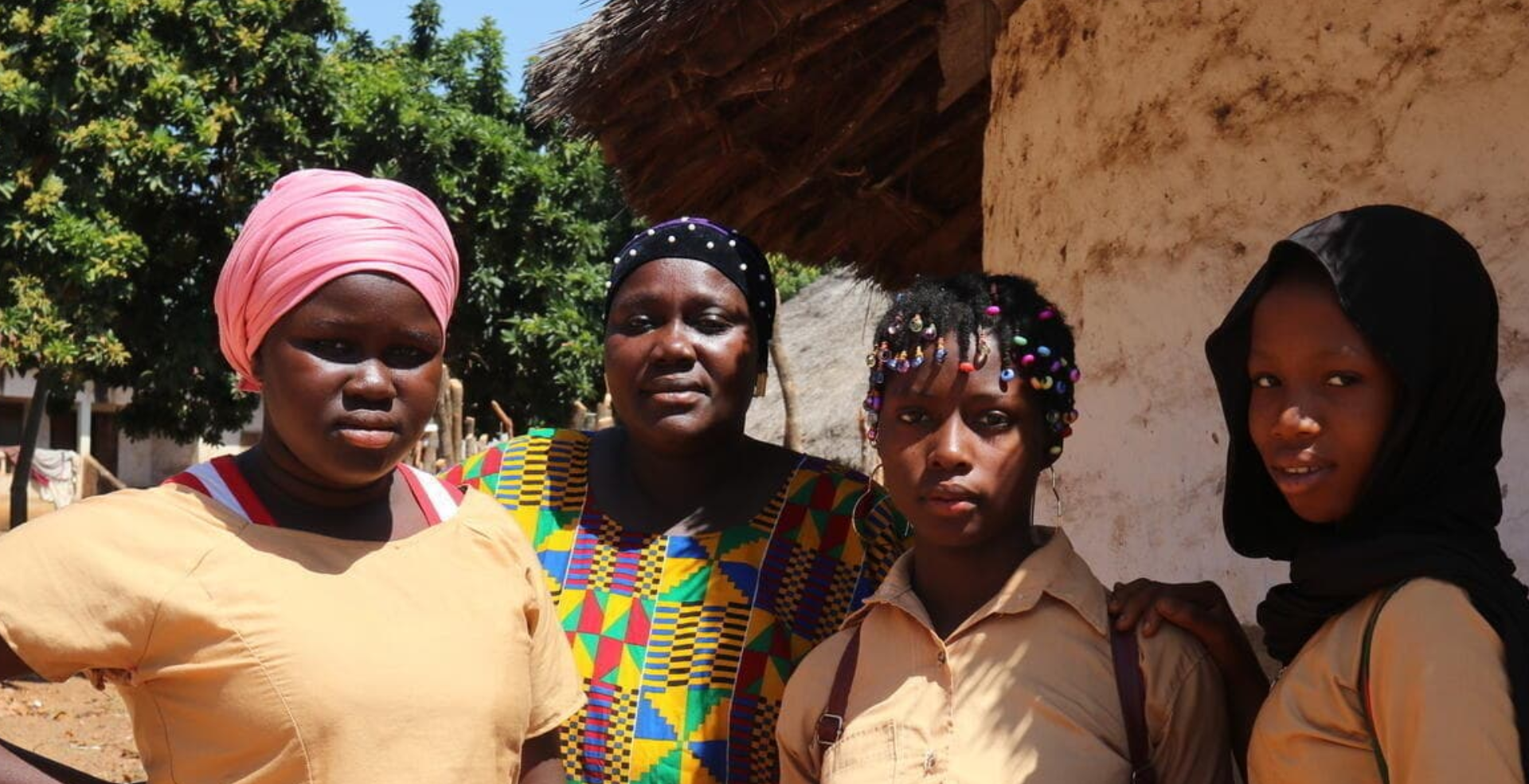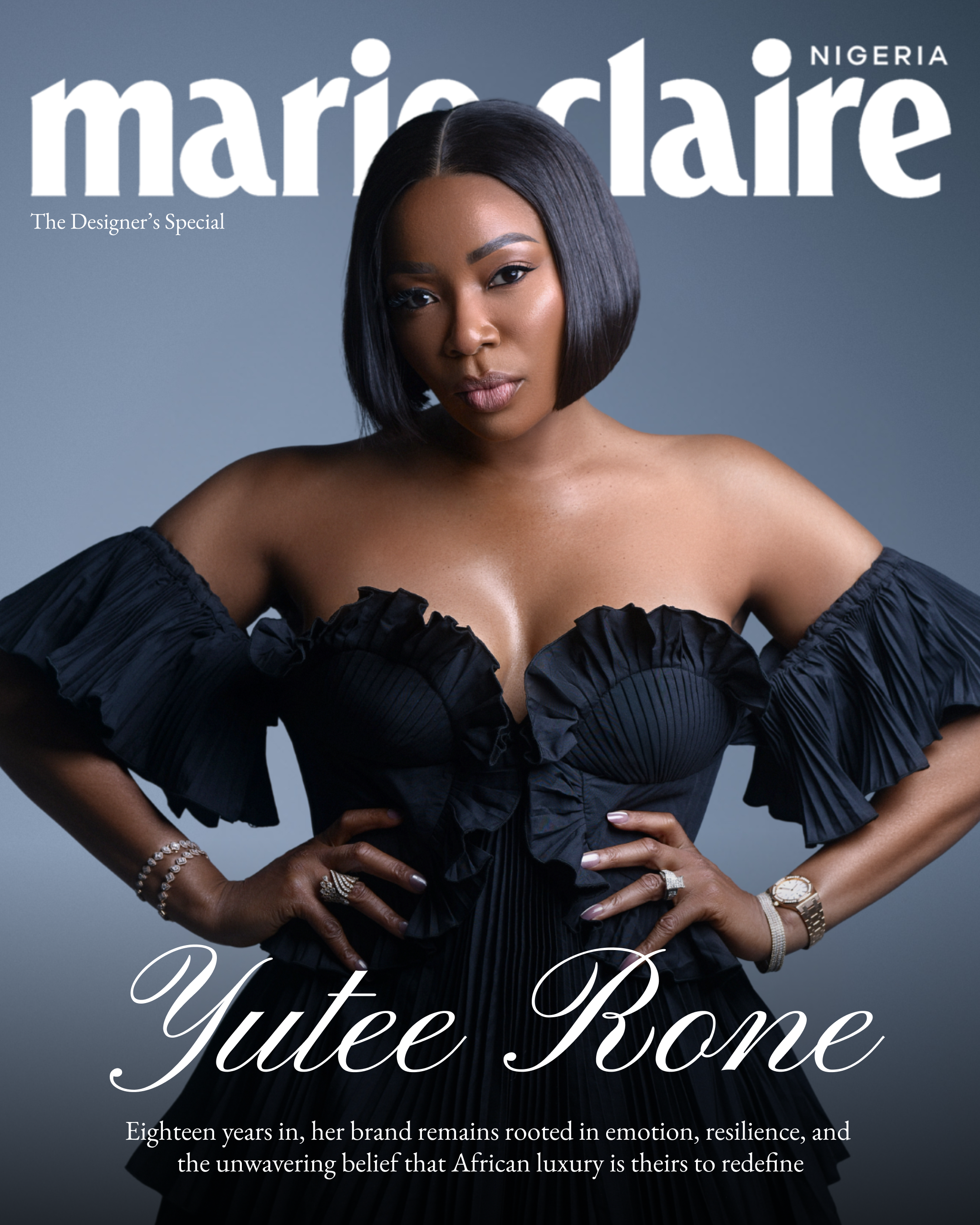“I fear intimate relationships both physically, as it causes me pain, but also emotionally, as it is difficult for me to trust people. The reason I find it difficult to trust people is that FGM was practised on me by people close to me, people I love, and people who love me. That feeling of betrayal has never left me” — FGM Survivor
Female genital mutilation (FGM) is a deeply rooted practice in many African societies, with significant implications for the health and well-being of girls and women. This harmful tradition, often perpetuated by cultural beliefs, continues to affect millions across the continent. In exploring the complexities of FGM across Africa, it becomes evident that addressing this issue requires a multifaceted approach encompassing cultural, health, and human rights perspectives.
FGM is the partial or total removal of the female external genitalia or other injuries to the female genital organs for non-medical reasons. Often carried out on young girls between infancy and age 15, FGM is a grave violation of girls’ and women’s fundamental human rights, infringing upon their rights to health, safety, and dignity.
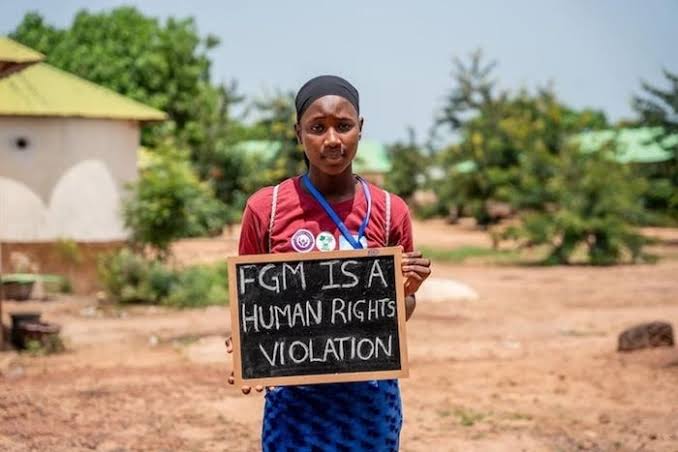
Why does this barbaric act against women exist?
“I was only 10 or 11 years old when my father decided to circumcise me. I was to become the fifth wife to a 70-year-old man. I talked to my class teacher, and she informed the police chief. Just two hours before the cutting ceremony, the police came and took me away. The hardest thing for me was leaving home, leaving my family…I would wake up in the middle of the night and think, ‘Should I go back and get FGM?’” — Purity Soinato Oiyie
Numerous factors contribute to the existence and persistence of the practice. Yet in every society in which it occurs, FGM is an expression of deeply rooted gender inequality. Some societies see it as a rite of passage for girls into womanhood, and where FGM is most prevalent, communities deem it a prerequisite for marriage and childbirth. Social pressures intensify the challenge of abandoning FGM. Families who reject the practice often face ostracism, and their daughters may be considered ineligible for marriage, making it difficult for parents to defy cultural norms..
Others use it to suppress a girl’s sexuality or ensure her chastity. It is believed that FGM lowers a female’s libido, helping her stay “pure” until marriage. While there has been no proof to support this claim, there is evidence of its traumatising effect on women and their health.
The UNFPA-UNICEF Report and what it means for women
In line with the United Nations’ Sustainable Development Solutions 5.3 target for 2030 to eliminate all harmful practices, such as child marriage, forced marriage, and female genital mutilation, the UNFPA and UNICEF created a joint programme. They set out on a global mission to initiate conversations on FGM elimination through women-led organisations and advocate for the abandonment of the practice. This was documented in a report outlining their achievements, challenges, the stories of survivors, and the journey of FGM practitioners-turned-advocates worldwide.
The fight against FGM across Africa
In Nigeria, researchers conducted an ethnographic study on FGM in five Joint Programme focus states, with the highest rates of prevalence among girls aged 0 to 14. The study explored knowledge, attitudes, behaviours, and social dynamics surrounding FGM within these communities. The study found an increased adoption of FGM in south-eastern states, together with an influential role of fathers in decision-making on FGM practices. The fact that men, who lack understanding of women’s experiences, hold power over decisions about women’s bodies reinforces FGM as a tool to perpetuate gender inequality. The Joint Programme partnered with SmartRR, a Nigeria-based mobile app connecting FGM and gender-based violence survivors with support, to spark conversations and create awareness of the harmful effects of FGM.
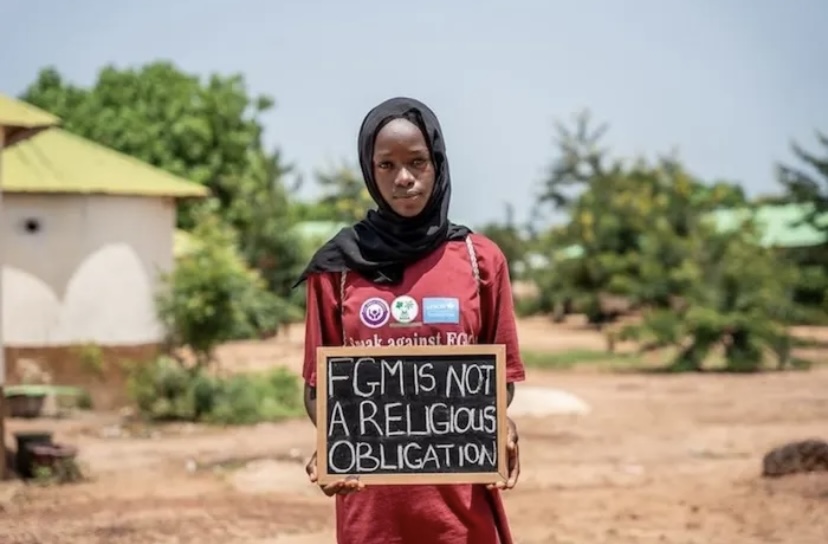
In Nairobi, Kenya, the UNFPA-UNICEF Joint Programme partnered with the Spotlight Initiative to sponsor the Harmful Practices Innovation Summit. Led by young men and women of various ages, the summit promoted innovations to combat FGM and other harmful practices. The summit brought together 236 participants from 27 countries, including policymakers, innovators, FGM experts, donors, investors, and digital communicators, to share ideas and success stories, and enhance technical and leadership capacities. An innovative project poised to make a difference is AfyaToon, a Tanzania-based start-up that uses visual arts to help end FGM and provide health education.
In Somalia, the Joint Programme supported the development of the country’s first costed national action plan to end FGM, in partnership with multiple women-led organisations and the Ministry of Women and Human Rights Development. This crucial plan will enhance coordination, collaboration, and progress in the fight against this harmful practice. The plan is critical in implementing a regional cross-border action initiative on FGM with Ethiopia, Kenya, Somalia, and the United Republic of Tanzania.
In Uganda, the Joint Programme engaged with a feminist youth-led organisation to design a real-time, free mobile app for reporting FGM cases, obtaining referral pathways, and connecting with FGM services. Users can trigger an instant call, which links them to trained community-based FGM volunteer agents who serve as case response points and can provide referrals.
The setbacks
Following the groundbreaking, first successful conviction of three women for performing FGM on eight girls under the age of five, a significant backlash against anti-FGM laws emerged in The Gambia during the final quarter of 2023. A religious leader rallied protests against the judgment, claiming it limited religious freedom; he also paid the legal fine for the convicted women. This cascaded into calls for the right to retain cultural practices, with an independent lawmaker introducing a bill to the National Assembly to repeal the FGM law.
This countermovement is not only concerning for The Gambia but also for the broader region and global efforts to end FGM. It signals a broader resistance to women’s rights, potentially emboldening opposition to other harmful practices like child marriage and undermining progress towards gender equality.
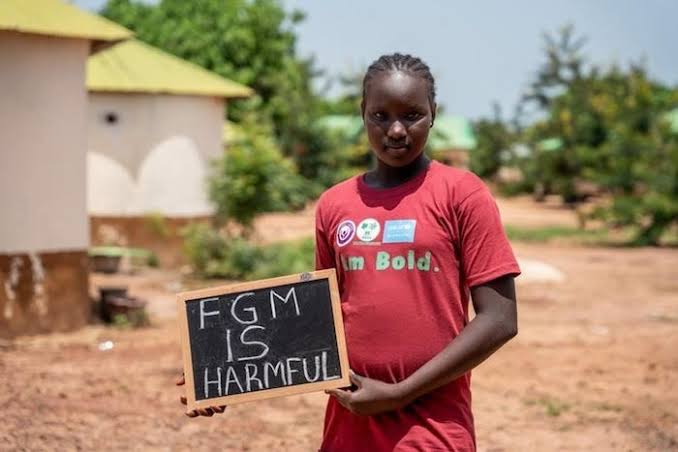
The way forward
“I was cut at six years old. I still remember that day. The sharp cut. The unbearable pain. And the aftermath. Years later, at 24, I was stunned to learn that a friend of mine was not cut, yet she was a Muslim. I was brought up believing that Female Genital Mutilation was Islamic and a ‘must’ for every girl. I’ve since learned the most liberating piece of information: FGM has no basis in Islam. On the contrary, it violates Islamic teachings on the human rights of women and girls.” —Maryan
Based on projected progress estimates, the report shows that only Uganda is on track to eliminate FGM by 2030. Five countries (Burkina Faso, Eritrea, Ethiopia, Kenya, and Nigeria) will need to accelerate their efforts by at least 2—5 times, and two countries (Egypt and Yemen) by at least 6—10 times. Nine countries (Djibouti, The Gambia, Guinea, Guinea-Bissau, Mali, Mauritania, Senegal, Somalia, and Sudan) must accelerate their efforts by at least 20 times.
With only one country in Africa showing promising signals to eliminate FGM, it is obvious that this practice is deeply rooted in our societies. Hence, it is crucial to continue raising awareness, educating communities, and advocating for policies protecting girls’ and women’s rights and well-being.
By working together to end FGM, we can create a future where every female can live free from this harmful practice, ensuring their health, dignity, and rights are respected. Let us stand united in our efforts to eradicate FGM and empower women and girls across Africa to lead lives free from this harmful tradition.

